1.800.221.5175
Mathematics
Sadlier PreK with Wiley Blevins
Knowledge-Building Early Childhood Program
Preview
|
Progress Mathematics
Grades K–8
Reading & Writing
From Phonics to Reading
Grades K–3
Building Reading Success with Wiley Blevins
Grades K–5
Vocabulary
Vocabulary Workshop, Tools for Comprehension
Grades 1–5
Vocabulary Workshop Achieve
Grades 6–12+
|



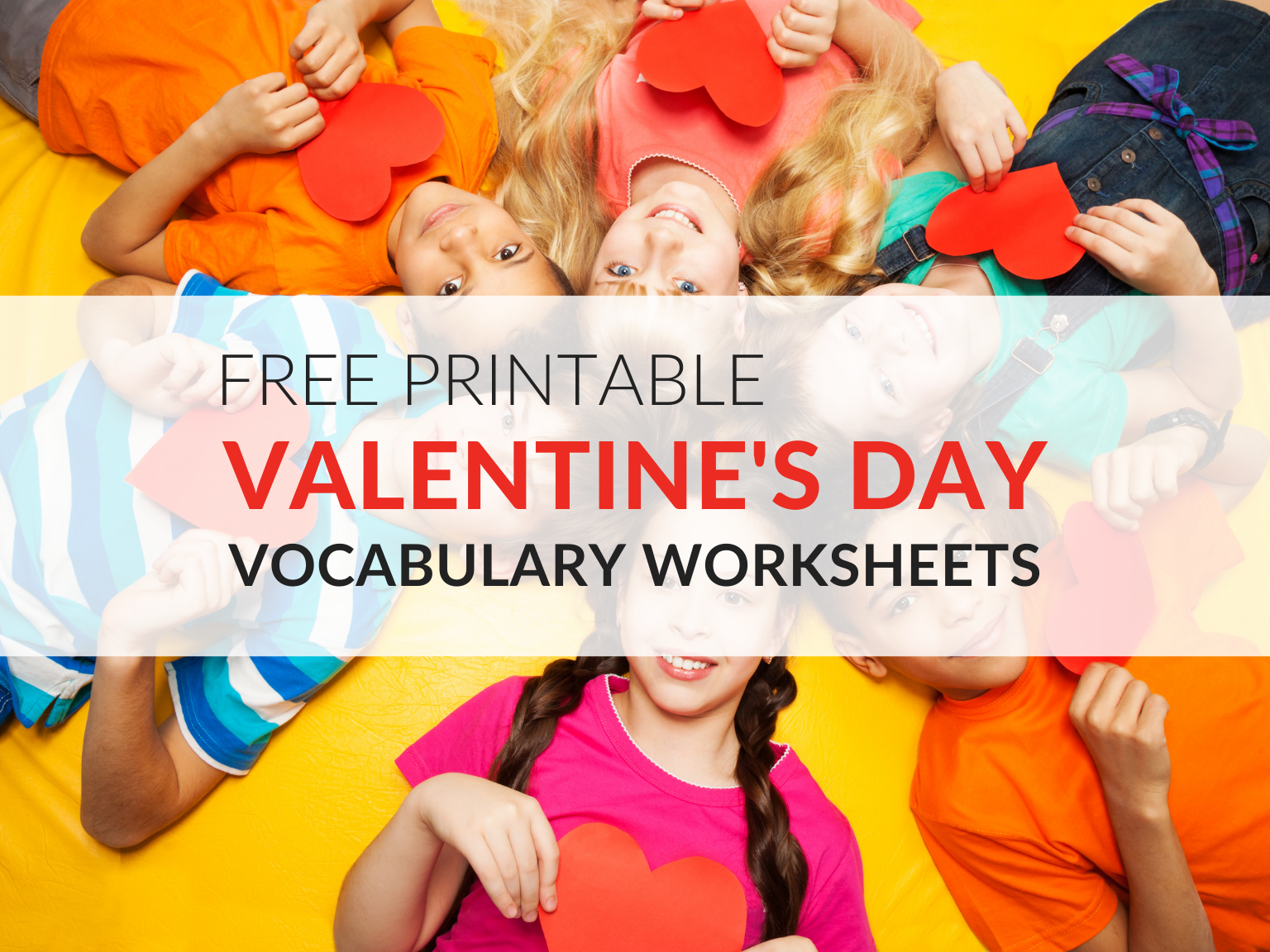
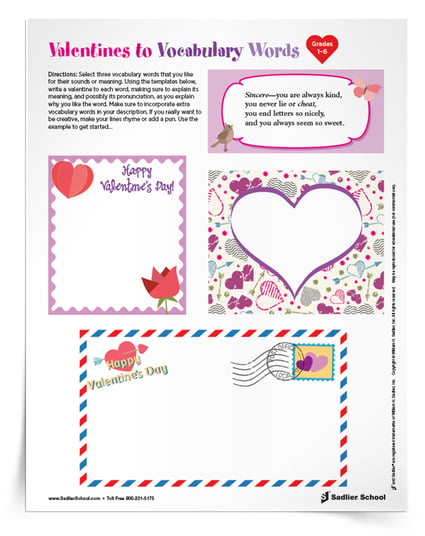

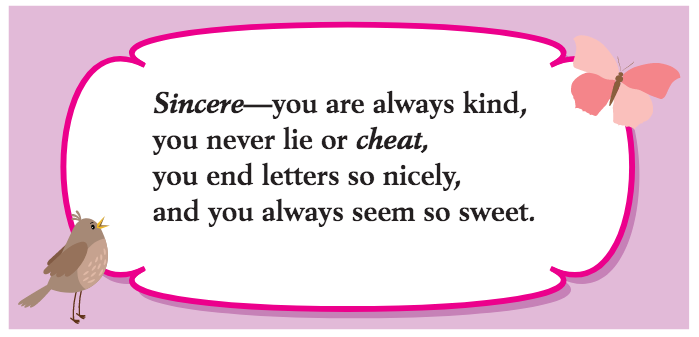
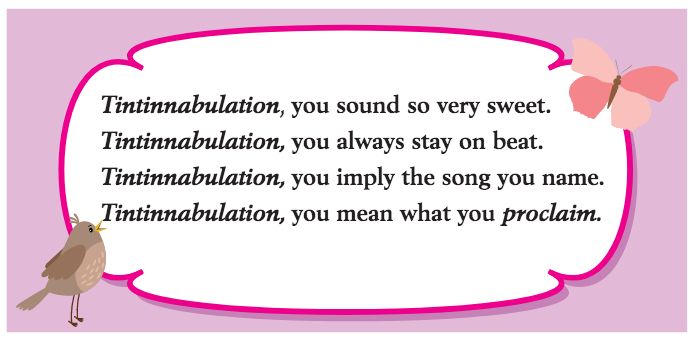
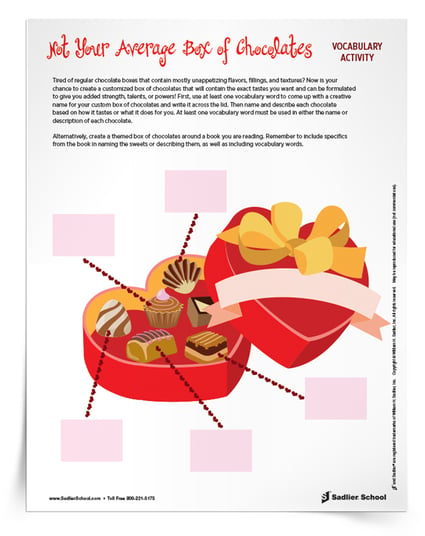

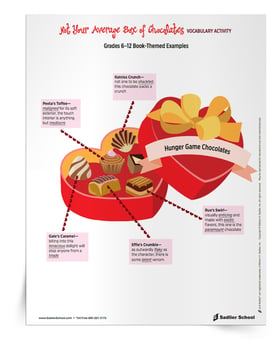 Alternatively, this activity can combine concepts from the books students are reading with vocabulary knowledge. In asking students to connect words with literature, you help them see that vocabulary is an integral part of the curriculum rather than simply a separate concept to be studied that has no bearing on other work.
Alternatively, this activity can combine concepts from the books students are reading with vocabulary knowledge. In asking students to connect words with literature, you help them see that vocabulary is an integral part of the curriculum rather than simply a separate concept to be studied that has no bearing on other work.